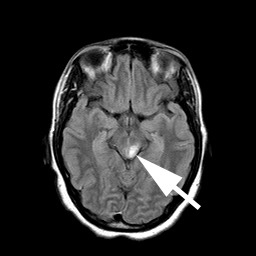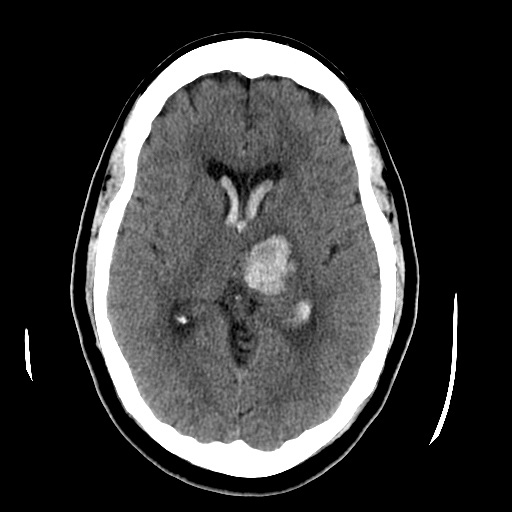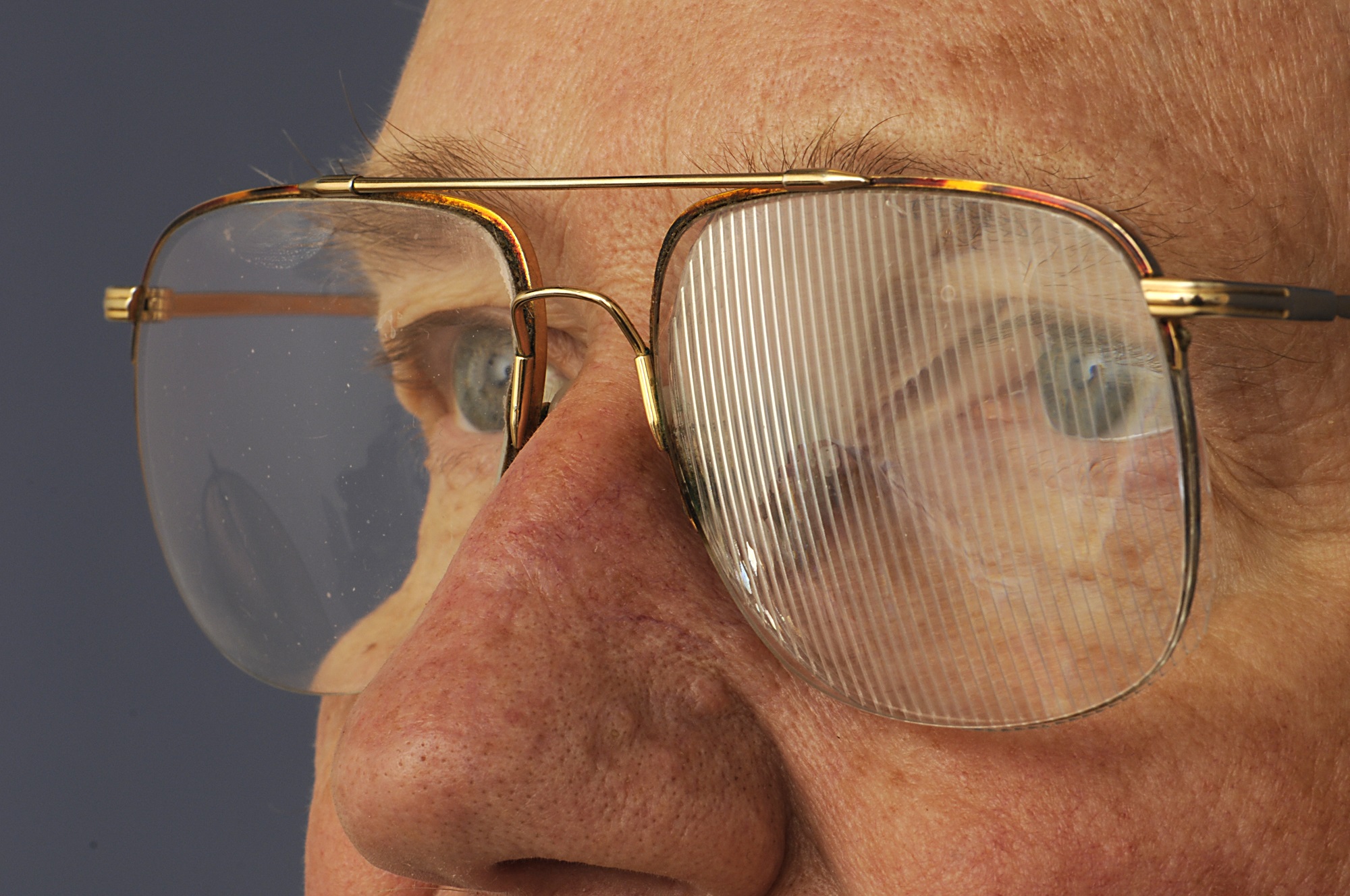Dorsal Midbrain Syndrome
- Impaired binocular upgaze and other neuro-ophthalmic deficits caused by dysfunction of the dorsal midbrain
- Also known as Parinaud syndrome, pretectal syndrome, Sylvian aqueduct syndrome, and Koerber-Salus-Elschnig syndrome
- Common causes: thalamic or midbrain stroke/hemorrhage, pineal region tumor, dorsal midbrain tumor, aqueductal stenosis, failed ventriculo-peritoneal shunt
- Uncommon causes: demyelination, head trauma

-
Core clinical features
- Reduced upgaze
- Convergence retraction of the eyes with attempted upgaze, especially in pursuing a downgoing optokinetic strip
- Anisocoria with large pupils that have reduced constriction to light but intact constriction to a near target (“tectal light-near dissociation”)
- Bilateral lid retraction (“Collier's sign”)
- Possible accompanying neuro-ophthalmic features
-
Imaging features
- MRI usually shows a lesion in or near the dorsal midbrain pineal tumor, thalamic infarct or hemorrhage, or obstructive hydrocephalus from aqueductal stenosis




- Myasthenia gravis
- Graves disease
- Bilateral orbital trauma
- Progressive supranuclear palsy
- Whipple disease
- Look for a constellation of features typical of dorsal midbrain syndrome, especially reduced upgaze
-
Tip: reduced upgaze is rarely an isolated abnormality in dorsal midbrain syndrome
- Exclude shunt failure in patients with shunted hydrocephalus
- Consider pineal and tectal midbrain tumor, aqueductal stenosis, and demyelination in children and young adults
- Consider thalamic stroke, thalamic hemorrhage, and demyelination in older adults
- Order brain MRI
- Clinical manifestations often lessen or disappear within weeks in mild stroke, demyelination, treated aqueductal stenosis and shunt malfunction, but…
- Manifestations are often permanent following compressive pineal region lesions, stroke, and head trauma
- Diplopia may be relieved with

